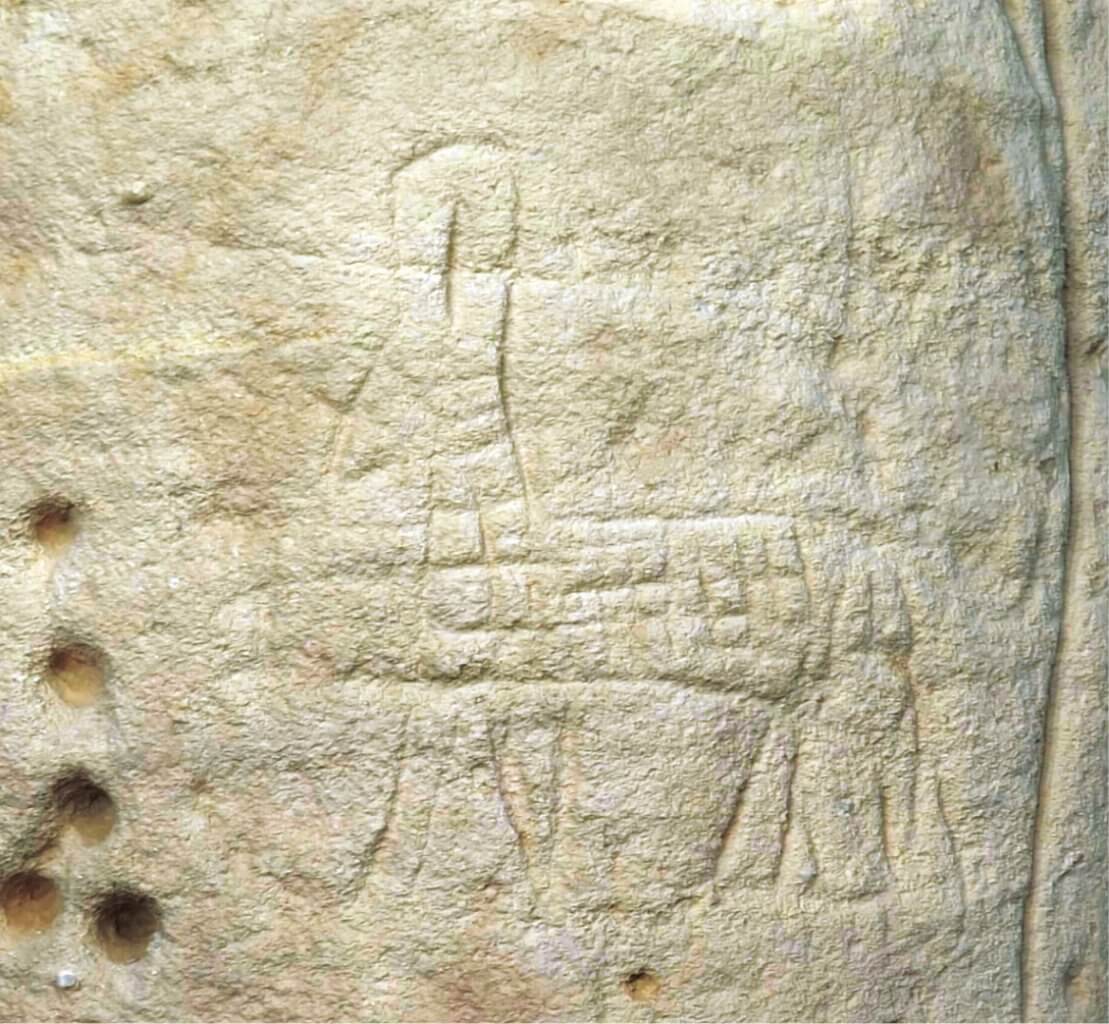Vandalizing and Disrespectful —that’s how we typically perceive graffiti. Texts or images, these informal marks in public built spaces can express opposition, rebellion, or artistic aspirations. In the ancient world, people made similar graffiti in streets, markets, bathrooms, or theaters. But they also left graffiti in sacred spaces, such as places of worship, grave sites, and prominent landscape features. Far from disrespectful, such creations were intended as devotional.
Graffiti as Devotion Along the Nile, an exhibit at the Kelsey Museum of Archaeology in Ann Arbor, presents a group of devotional graffiti from el-Kurru, an ancient site in northern Sudan (ancient Kush). Dating from the ninth century B.C.E. through the early Middle Ages, these graffiti represent tangible traces of personal worship as people moved from pagan to Christian to Muslim beliefs.
The themes recorded at el-Kurru relate to offerings (offering stands and tables), pilgrimage (feet, sandals, and boats), and other religious symbols, such as sacred animals—like this ram, a symbol of the god Amun, documented in the funerary temple at el-Kurru and dated to the Meroitic period (c. 300 B.C.E.–300 C.E.).
The post Graffiti as Devotion appeared first on Biblical Archaeology Society.
